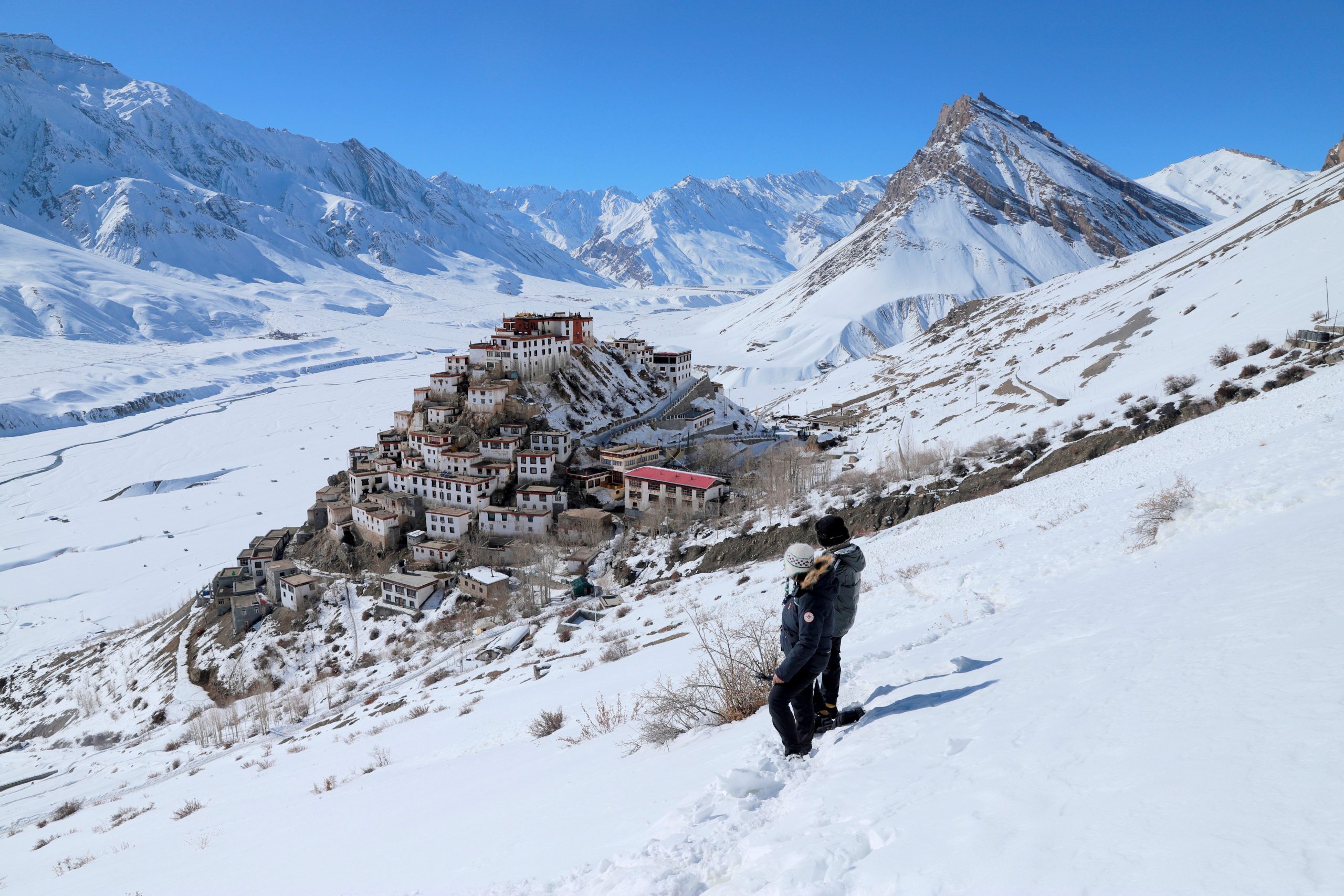It’s true, the winter cold that is prevalent in Sault Ste. Marie along with Canada can cause a disruption to planning your trip winter travel: fly or drive. To make it to your destination and return safely, take note of these winter travel essentials to help you on your next winter getaway:
10 Crucial Tips For Winter Travel: Fly Or Drive
1. Fly Nonstop If Possible
Although it’s more expensive to travel nonstop, it can make sense in winter. If you’re halfway to your destination, and the weather is bad enough to delay the connecting flight, you might spend the night on a hard, cold bench at an airport, winter travel fly or drive or the hotel. Make use of Show only nonstop flights or the Show solely nonstop flights button to search for flights in your search, or look up nearby airports to find other nonstop flights.
If you need to take to connect with another flight, be sure to inform the flight attendant if you are in a tight connection. The attendant might be able to help take you to your connecting flight faster.
2. Book Morning Flights
It is recommended to book your flights in the morning during winter. If your flight is late or is cancelled a majority times, the airline will place you on a different flight later in the day, provided there are seats available. If they do not however, you have the possibility of flying later in the day, either from another airport or with another airline. In the worst case scenario, if the flights are all cancelled, you’re still able to drive to the destination.
3. Prepare For Changing Planes Outdoors
If you’re on an additional flight do not leave you coats in bag or car, even if traveling to a warmer climate. You might need to walk out for a change of plane, specifically in airports that are more rural.
4. Leave Early
If you’re flying or driving, you should leave earlier. In winter severe weather conditions could affect your travel plans, leading to delays. If you depart early and arrive on time, you don’t need to worry about whether or not you’ll make it in time regardless of the conditions.
5. Stay Updated Online
A lot of airports and airlines post their cancellations or delays to flights on their social media accounts, so be sure to follow their profiles via Facebook or Twitter. If you’re not a type to be on social media You should check the website of your airline or your email regularly for announcements about your flights.
6. Carry A Winter Emergency Kit
In the days before the first snowfall of the season, put some winter items in your glove box and trunk. The emergency kit you have should contain an insulated pair of hands or gloves, a spare coat as well as a pair of warm clothes, an extra blanket an extra flashlight, batteries and a tool for cleaning your windshield clean and a water bottle and some energy bars or two. The addition of a bag full of salt or clay cat litter may provide you with traction in case you are trapped in snow.
7. Check Out Your Car’s Features
If you’re driving a new vehicle that you’ve not experienced driving in winter before or you’re driving a rental vehicle be familiar with the locations of the hazard light and defroster as well as the buttons for windshield wipers. Learn how to shift to a lower speed. Check the owner’s guide to determine if your car comes with special features like anti-lock brakes, as well as electronic stability control. If you are able, locate an empty parking space when you first get snow and you will be able to familiarize yourself with how your vehicle responds to these conditions.
8. Winterize Your Car
Check your vehicle for winter-ready condition well prior to getting ready for the winter’s first storm. Be sure to ensure your fluids are kept in good condition as the temperatures drop. Consider winter tires even if your vehicle is able to handle snow. Winter tires will help your car stay ahead in icy or deep snow. Be sure to check the tread as well as the pressure of your tires frequently during winter season. The cold winter temperatures can cause tire pressure to fall.
9. Drive Slowly, See, And Be Seen
When you exit the driveway, clear the ice and snow off the taillights and headlights of your vehicle as well as your windows. Make sure that your defroster is warmed up your windows before leaving so that you don’t be able to see your windows in a fog when you travel. In the event of heavy rain, snow and especially ice take your time and drive less than the speed allowed.
You should drive at a half speed or lower and allow plenty of space ahead. Don’t speed up, even in traffic in the city or during traffic jams. Do not use cruise control. It could accelerate in the worst possible place for instance, when you’re on a slope or an slippery bridge.
10. Watch Out For Danger Spots
Be aware of the road ahead while driving. If you notice snowdrifts frozen spots or a bridge in front you, slow down. Since water evaporates and then re-condenses and re-condenses, water in a stream or body of water can cause the road’s surface to freeze.








